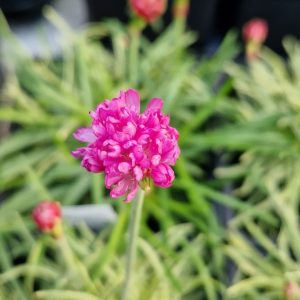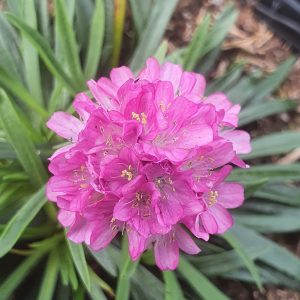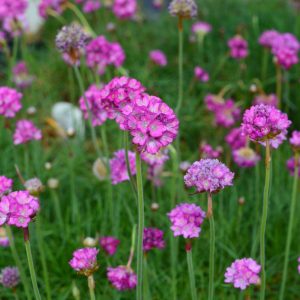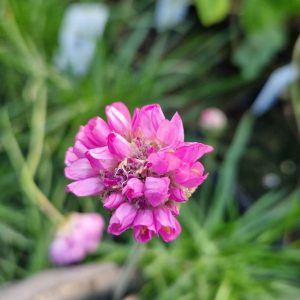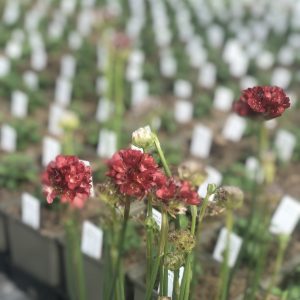Armeria, commonly known as Sea Thrift or Thrift, is a charming perennial with globe-like flower clusters. Follow this comprehensive planting guide to ensure successful establishment and vibrant blooms in your garden.
Selecting the Planting Site
Sunlight Requirements: Choose a location with full sun for optimal blooming. Armeria thrives in bright sunlight.
Soil Conditions: Plant in well-draining soil with a slightly acidic to neutral pH. Armeria is adaptable to various soil types, including sandy and rocky soils.
Planting Time
Optimal Timing: Plant Armeria in the early spring or Autumn. This allows the plants to establish before extreme temperatures.
Planting Process
Prepare the Soil: Work the soil to a depth of 12 inches, incorporating organic matter for improved fertility and drainage.
Seed Planting: If starting from seeds, sow them directly in the garden or in containers. Press the seeds lightly into the soil and cover them with a thin layer.
Transplanting: If planting seedlings, space them about 6 to 12 inches apart, depending on the variety. Ensure the crown is level with the soil surface.
Watering
Moderate Watering: Armeria is drought-tolerant once established. Water regularly during the first growing season to help the plants develop a strong root system.
Avoid Water logging: Ensure well-draining soil to prevent waterlogged conditions, which can lead to root rot.
Mulching
Maintain Mulch: Apply a 2-inch layer of organic mulch around the plants. Mulch helps retain soil moisture, suppress weeds, and moderate soil temperature.
Fertilisation
Minimal Fertilisation: Armeria doesn’t require heavy feeding. A light application of a balanced fertiliser in the spring is generally sufficient.
Support
Generally Unnecessary: Armeria is a compact plant that typically doesn’t require staking. However, provide support if your variety tends to flop.
Pruning
Deadheading: Remove spent flowers to encourage continuous blooming and maintain a tidy appearance.
Autumn Clean up: Trim back the foliage in late Autumn to prepare the plants for winter and encourage fresh growth in the spring.
Pest and Disease Management
Minimal Pests: Armeria is relatively resistant to pests and diseases. However, monitor for aphids and treat any infestations promptly.
Good Air Circulation: Proper spacing between plants promotes good air circulation, reducing the risk of fungal diseases.
Winter Care
Minimal Winter Protection: Armeria is generally hardy. In colder climates, apply a layer of mulch in late Autumn for additional protection.
Division
Periodic Division: Every 2-3 years, consider dividing mature Armeria clumps to rejuvenate the plants. This is best done in the Autumn.
Adaptation
Tolerant of Coastal Conditions: Armeria is well-suited for coastal gardens, tolerating salt spray and sandy soils.



